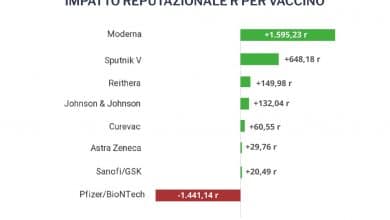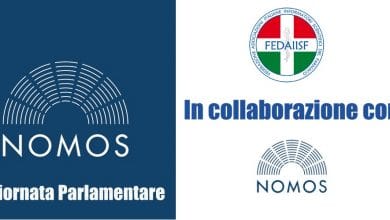
Every year the Italian state invests less than 600 million in the discovery and development of new drugs, half of the Germans The decisive role of companies and donations
– Sun, 14/01/2018 – il Giornale.it
When Boeing decides to build a new model of airplane, it knows it must invest at least $3.7 billion before it can be sold to airlines around the world.

When the pharmaceutical multinational Roche decides to create a new medicine, it knows that it must spend at least 2 million dollars. Sidereal differences. Boeing can afford to launch one or at most two new models while Roche can (indeed, must) invest in dozens if not hundreds of projects. Also because he knows he has to wait at least 12 years to see one arrive on the counters of pharmacies while Boeing needs, at most, 8 years. And, on the other hand, not all drugs invested in become salable products, while an aircraft, barring exceptional cases, once it has been developed can only end up on the market.
Few things in the world are more complex and riskier than investing in new products. And this is especially true for the healthcare sector: a sector so competitive as to force companies to invest a much larger slice of revenues in research and development than companies in any other sector: 14.7% compared, for example, to 5.3% of electronics.
We come to us. Or rather, our businesses. In the world ranking of pharmaceutical companies that invest the most in research and development in the medical field, Italy does not look bad at all. According to data from the European Commission, processed by the data-journalism site Truenumbers.it, Italy places 4 companies in the top 500. The first  is Chiesi Farmaceutica, in 59th place. Between 2016 and 2017, it invested 340 million euros in the development of new drugs: 12.6% more than in the previous period, equal to over a fifth of revenues. Also in the standings are Recordati, Diasorin and Kedrion. These four companies alone have invested 486.4 million euros in research and development. A remarkable figure if we consider that the sum allocated to this type of activity managed directly by the Italian government every year is less than 600 million: 594.2. This is half of what the German government invests centrally (1.2 billion a year) and about 30% less than what Madrid spends. To these 594.2 million spent by Rome, at least part of the money spent by universities and their research centers must be added: 882.1 million. An important figure, higher than that spent by Spanish research centres, for example, but which does not bear comparison with the 3.7 billion euros managed by German university research centres, with the one billion and 300 million of the Dutch and with the 2 billion and 100 of the British.
is Chiesi Farmaceutica, in 59th place. Between 2016 and 2017, it invested 340 million euros in the development of new drugs: 12.6% more than in the previous period, equal to over a fifth of revenues. Also in the standings are Recordati, Diasorin and Kedrion. These four companies alone have invested 486.4 million euros in research and development. A remarkable figure if we consider that the sum allocated to this type of activity managed directly by the Italian government every year is less than 600 million: 594.2. This is half of what the German government invests centrally (1.2 billion a year) and about 30% less than what Madrid spends. To these 594.2 million spent by Rome, at least part of the money spent by universities and their research centers must be added: 882.1 million. An important figure, higher than that spent by Spanish research centres, for example, but which does not bear comparison with the 3.7 billion euros managed by German university research centres, with the one billion and 300 million of the Dutch and with the 2 billion and 100 of the British.
In other words: medical research in Italy is not mainly done by the State, but by what lies outside its perimeter, namely: private companies and non-profit organizations. In fact, the amount of investment by large companies is substantial, but what is impressive is that in Italy there is an extraordinary "carpet" of micro-enterprises which deal exclusively with research in the health sector and which often work for the giants. According to Federchimica data, 66% of companies with up to 9 employees engaged in the sector of biotechnology applied to human health, are engaged exclusively in research and not in the development of new products. The same is true for the 18% of small businesses, the 12% of medium-sized businesses and the 5% of businesses with up to 250 employees.
But above all in Italy there is a gigantic activity carried out by non-profit organizations. According to Unesco data, which refer to 2014 (latest data available), the non-profit sector that deals with medical research collects 476.4 million euros every year. Telethon alone, for example, has a budget of 56.9 million euros (as at 30 June 2017) of which 30.8 (down from 35.2 in the previous year) spent on scientific research. This means that if a cure for rare diseases were to arrive, it is more likely to emerge from the laboratories of a small company or a private research center than from public stills.
Related news: AIFA. Research into Alzheimer's dementia continues. Individual business choices must not extinguish hope





